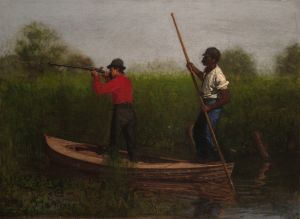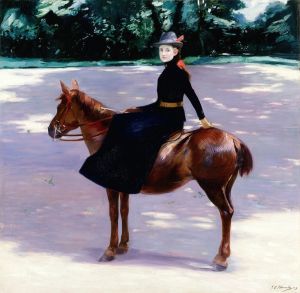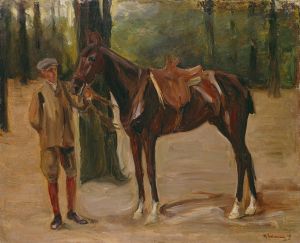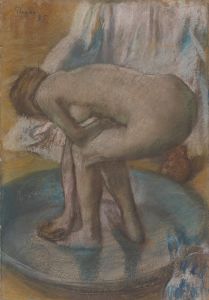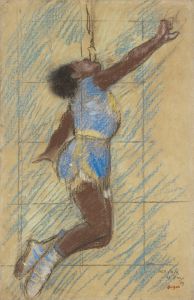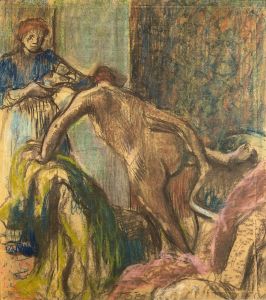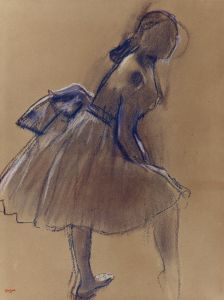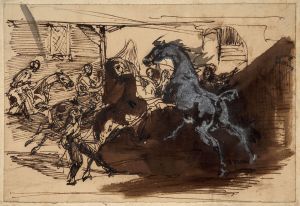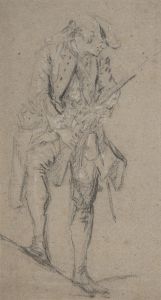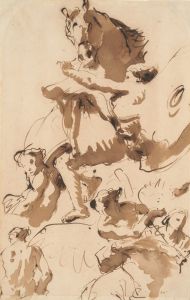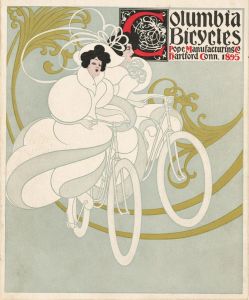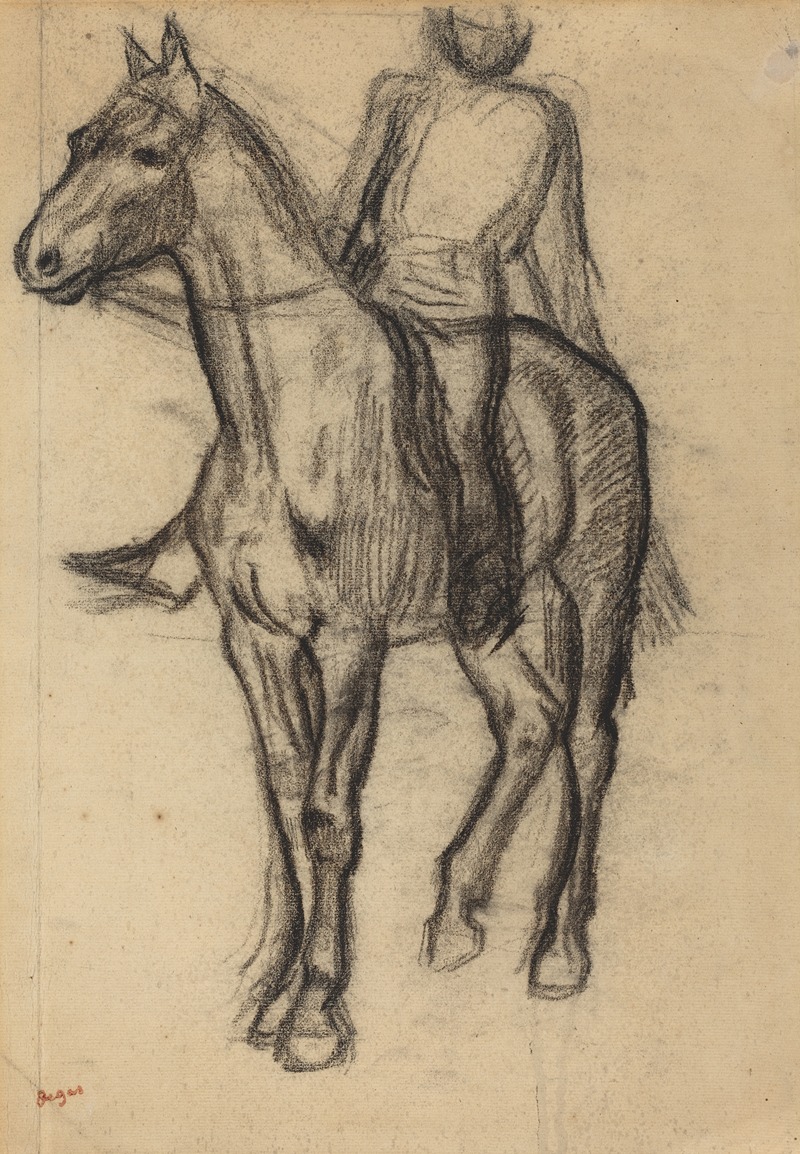
Horse and Rider
A hand-painted replica of Edgar Degas’s masterpiece Horse and Rider, meticulously crafted by professional artists to capture the true essence of the original. Each piece is created with museum-quality canvas and rare mineral pigments, carefully painted by experienced artists with delicate brushstrokes and rich, layered colors to perfectly recreate the texture of the original artwork. Unlike machine-printed reproductions, this hand-painted version brings the painting to life, infused with the artist’s emotions and skill in every stroke. Whether for personal collection or home decoration, it instantly elevates the artistic atmosphere of any space.
"Horse and Rider" is a work by the French artist Edgar Degas, who is widely recognized as one of the leading figures of the Impressionist movement. Degas, known for his fascination with movement and the human form, frequently explored themes of equestrianism in his art. This particular piece reflects his interest in capturing the dynamic relationship between horse and rider, a subject he revisited in various media throughout his career.
The artwork is executed in pastel, a medium Degas often employed for its versatility and ability to convey texture and movement. Pastel allowed him to layer colors and create a sense of immediacy, which is evident in "Horse and Rider." The composition focuses on the rider atop a horse, with an emphasis on the naturalistic depiction of the animal's anatomy and the rider's posture. Degas's attention to detail and his ability to capture fleeting moments are hallmarks of his style, and they are apparent in this work.
Degas's interest in equestrian subjects was likely influenced by his visits to racetracks and his observations of horses in motion. He was deeply inspired by the scientific studies of motion conducted by photographers like Eadweard Muybridge, whose sequential photographs of animals and humans in motion had a significant impact on artists of the time. While "Horse and Rider" does not explicitly reference Muybridge's work, it demonstrates Degas's keen understanding of movement and balance.
The exact date of creation for "Horse and Rider" is not definitively documented, but it is generally attributed to the late 19th century, a period when Degas was actively experimenting with pastels and exploring themes of modern life. The artwork is part of a broader body of work in which Degas depicted horses, jockeys, and racetrack scenes, showcasing his ability to blend observation with artistic interpretation.
As with many of Degas's works, "Horse and Rider" reflects his innovative approach to composition and his departure from traditional academic art. The piece is characterized by its dynamic energy and the interplay of light and color, which contribute to its sense of vitality.
The current location of "Horse and Rider" is not specified in major public collections, and detailed provenance information is limited. However, it remains an example of Degas's enduring fascination with equestrian themes and his mastery of pastel as a medium.





